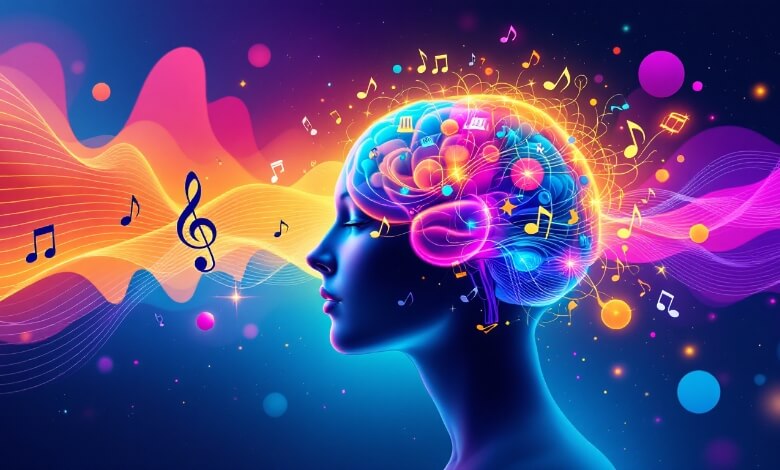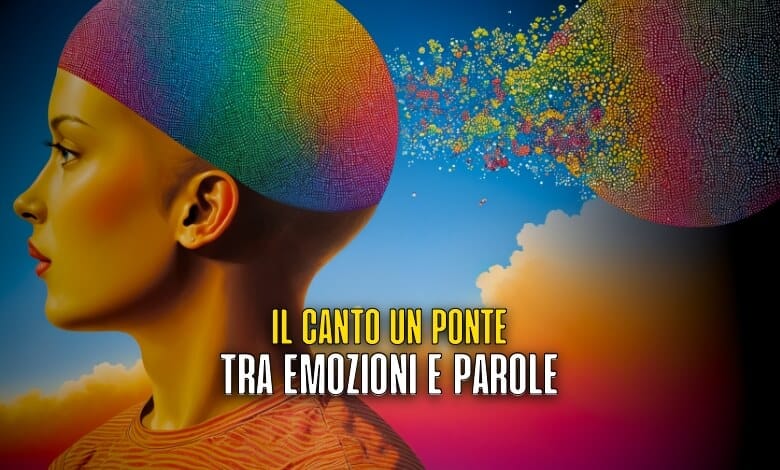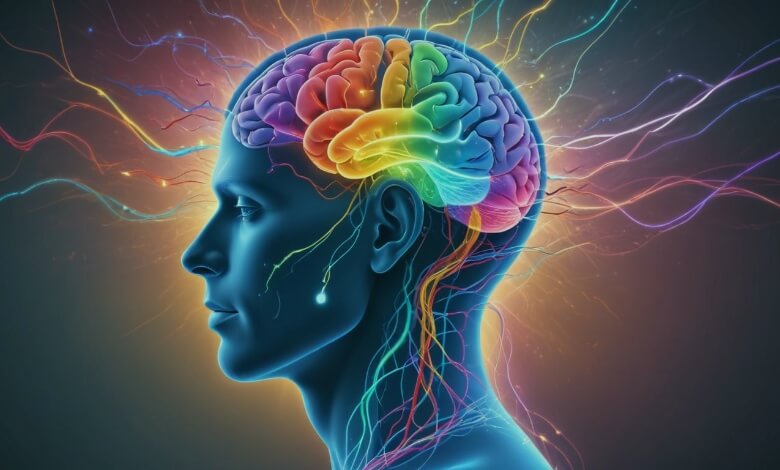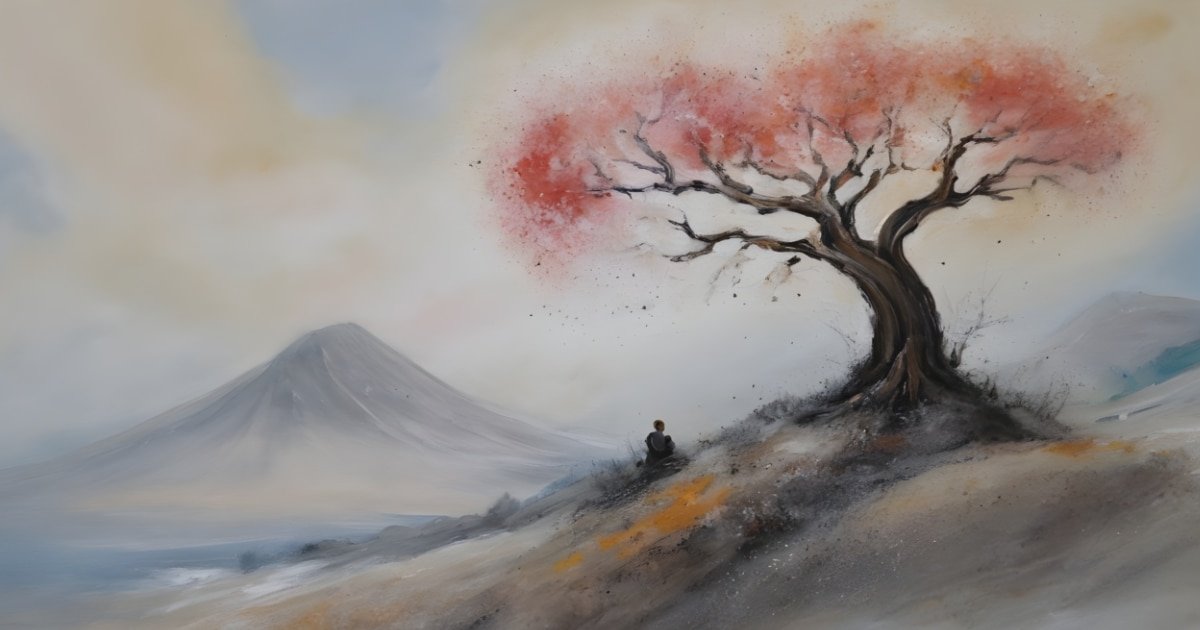Article index
The musical entry is a fascinating phenomenon that describes the synchronization between rhythmic systems, in particular between the music and the listener's physiological and behavioral responses.
This process involves a complex interaction of neural, cognitive and motor mechanisms, offering important ideas for neuroscientific and musicological research.
The musical entry is a silent dance between mind and rhythm, an invisible bridge that combines neuroscience and musicology, revealing the profound connection between our biology and the art of sounds
Definition and neural bases
The musical entrance refers to the ability of biological or mechanical systems to synchronize and coordinate temporally in response to musical stimuli. As Clayton (2012) explains, this phenomenon implies the interaction of independent rhythmic systems that adapt to each other, possibly 'hooking' to a common phase and/or periodicity.
At the neural level, the entrance involves a vast network of brain areas. Levitin and Tirovolas (2009) highlighted the involvement of:
- auditory cortex (perception of the sound stimulus)
- visual cortex (observation of musical gestures)
- motor cortex (activation of the movement)
- sensory cortex (use of musical instruments)
- prefrontal cortex (elaboration of the sound stimulus)
In addition, Koelsch (2009, 2010) demonstrated the activation of limbic and paralimbic areas such as amygdala, hippocampus and core accuma, underlining the potential impact of the enthranement on emotional and behavioral aspects.
 Enthranement manifestations
Enthranement manifestations
The musical entry is manifested in different forms:
1. Motor synchronization: Phillips-Silver et al. (2010) They describe how the entryinment allows two dancers to synchronize their movements with music and between them.
2
3
Induction of the beat and musical cognition
A key concept in musical enthranement is the induction of the beat.
Patel (2008) defines this process as "the ability to extract a regular pulsation from a complex rhythmic sequence".
This ability, apparently unique in human beings among primates, is essential for musical experience.
The induction of the beat is closely linked to musical cognition. Large and Jones (1999) proposed a dynamic attention model, in which internal neural oscillators synchronize with external rhythmic events, facilitating the forecast and processing of musical stimuli.
Therapeutic and rehabilitation implications
The musical entry has important applications in the therapeutic and rehabilitation field:
1. Neurological Music Therapy (Nmt): Thaut et al. (2014) developed enthranement -based techniques to improve motor, cognitive and linguistic functions in patients with neurological disorders.
2 (2007).
3. Melodic Intonation Therapy (MIT): Schlaug et al. (2008) highlighted the effectiveness of this technique based on the enthranement in the recovery of language in aphasic patients.
Creative and social aspects
Recent studies suggest that musical entry is not only a passive response, but an active process that involves creativity and creation of meaning. Leman (2008) proposes a model of social musical communication, in which the entrance facilitates the interaction between musicians and the public.
In addition, Keller (2008) identified three joint action -based action mechanisms that allow musicians to play together in a cohesive way:
1
These mechanisms highlight how the entrance is fundamental for the overall musical performance.
The musical entrance then proves to be a complex phenomenon that involves neural, engines, cognitive and social processes. Its understanding offers important ideas on the nature of musical experience and has significant applications in the therapeutic and research field.
As Leman (2012) says, "Entryinment is an incarnate phenomenon that requires greater consideration of the context, the gestural repertoire and the sensorial cycles" (p. 5). This perspective underlines the importance of an interdisciplinary approach to the study of enthranement, which integrates neuroscience, musicology and cognitive sciences.
In conclusion, the musical entrance represents a fascinating meeting point between biology, culture and art, offering fertile ground for future research and applications in the scientific and musical fields.
Watch Martin Clayton's conference
and download the in -depth dispense of this article
Log in to the exclusive SIING PLUS material
Pandy in -depth
playlist
bibliography
discography
Or support us
Plus
Newsletter Siing Plus
Facebook private group
Private telegram
Private group WhatsApp
20%
discounts on all products and events organized by
Siing Production and Solos MediaAccess to all articles of the 7 platform planets
Access to all video courses, handouts, tutorials
4 numbers of the online magazine Siing Magazine 2025
Plus
Newsletter Siing Plus
Facebook private group
Private telegram
Private group WhatsApp
20%
discounts on all products and events organized by
Siing Production and Solos MediaAccess to all articles of the 7 platform planets
Access to all video courses, handouts, tutorials
Read also the article: the manifesto of social singing







